
-
Aerate
Aeration is the process of removing plugs from the soil in your lawn to encourage healthy air flow. There are a lot of different tools available for aeration, from sophisticated machinery to a pair of shoes with spiked soles. Aeration is a very important process for your lawn, but only if done correctly. Soil should be aerated while damp, but not while soaking wet. When you’re ready to aerate your lawn, water it the day before instead of the day of.
Aeration gives roots and soil the chance to breathe, in addition to breaking up thatch and enabling water to reach the root system with more ease. While aerating be careful not to puncture your sprinkler system.
-
Fertilize
Fertilization is a very important process for your lawn. As with aeration, you should irrigate your lawn beforehand. Fertilization can be a very powerful tool for your lawn, but it can be dangerous if done incorrectly. Fertilization should never be performed without first conducting a pH test.
pH tests indicate the alkalinity or acidicness of your lawn’s soil. If you fertilize your lawn when a pH test indicates that you should not, you can end up causing much more harm than good.
-
Reseed
If your lawn is looking brown or dry it may be time to re-seed. Reseeding is necessary in every lawn at some point or another, and it can be a great way to thicken and brighten up the existing grass in your yard. Many homeowners even select a different type of grass seed to use during this process so that their lawn can be more resilient to seasonal conditions.
To reseed your lawn, begin by mowing the grass at a slightly lower length than you would normally choose. Then apply a thin layer of topsoil in order to remove thatching in your existing grass as well as to give your new seeds something to sink into. Then spread your seeds either by hand or using a commercially available spreading tool.
-
Mow regularly
Mowing your lawn is much more than an aesthetic decision. The frequency and length at which you mow your lawn are two of the most important lawn care decisions you will have to make. Thankfully these decisions can become much easier by following the advice of professionals. Most grass seeds will include the ideal height and mowing frequency that are recommended by the manufacturer. Take some time to research regional recommendations, and compare them to the manufacturer’s suggestions.
-
Irrigate
Regular irrigation is essential for the health of your lawn. If you live in an area with frequent rainfall you may not have to worry about manual irrigation, but you should track weekly rainfall so that you’ll know when supplemental watering is required.
When irrigation is in your hands it’s important that you follow a regular schedule. The best time to water your lawn is right before the sun rises, allowing your lawn the most time possible to dry. Overwatering or not allowing for enough time to dry before sunset can result in many negative effects in your lawn.
-
Remove pests
No lawn can properly thrive if it’s being plagued by infestation. There are many types of pests that could invade your lawn, and once they’ve found their way in they can cause a lot of problems. Tree death and brown, dry grass are just two of the common side effects of lawn pests. Having a trusted pest control provider on your side is the best way to ensure that pests don’t become a problem in your lawn.
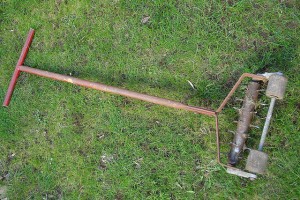
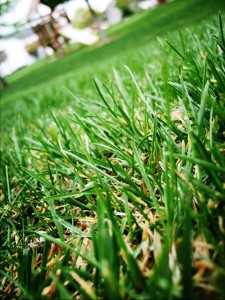
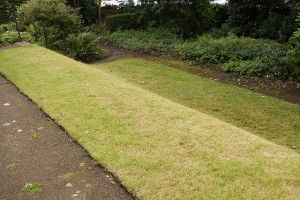
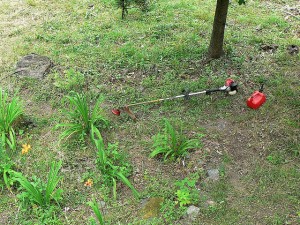
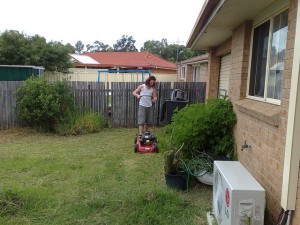
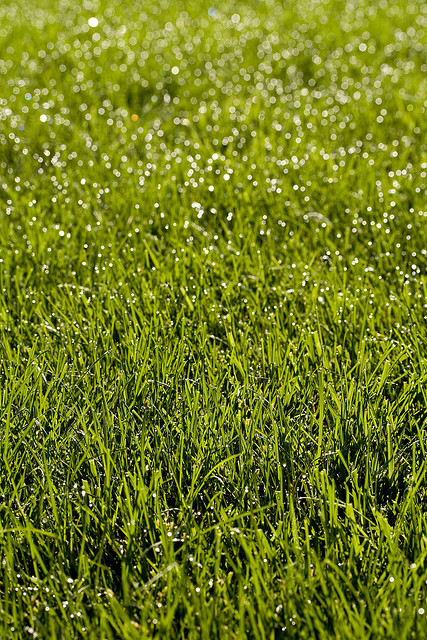


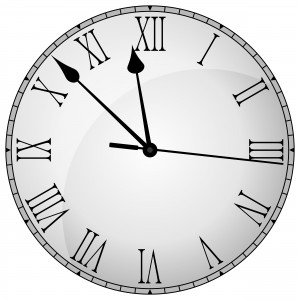 Some people live and breathe lawncare…Saturday hits and they’re up and at ’em, riding the lawnmower until their yard is perfect. But other people only maintain their lawn because they have to, not because they want to.
Some people live and breathe lawncare…Saturday hits and they’re up and at ’em, riding the lawnmower until their yard is perfect. But other people only maintain their lawn because they have to, not because they want to.